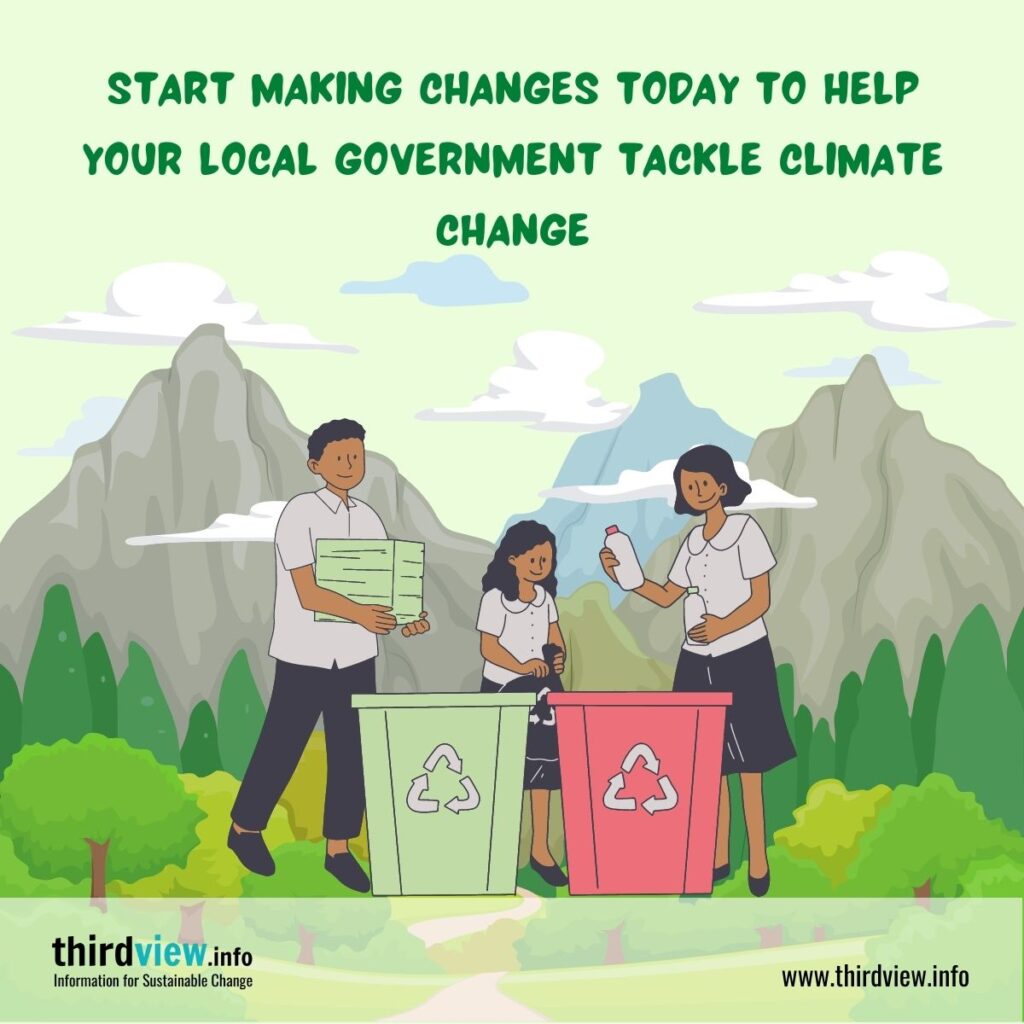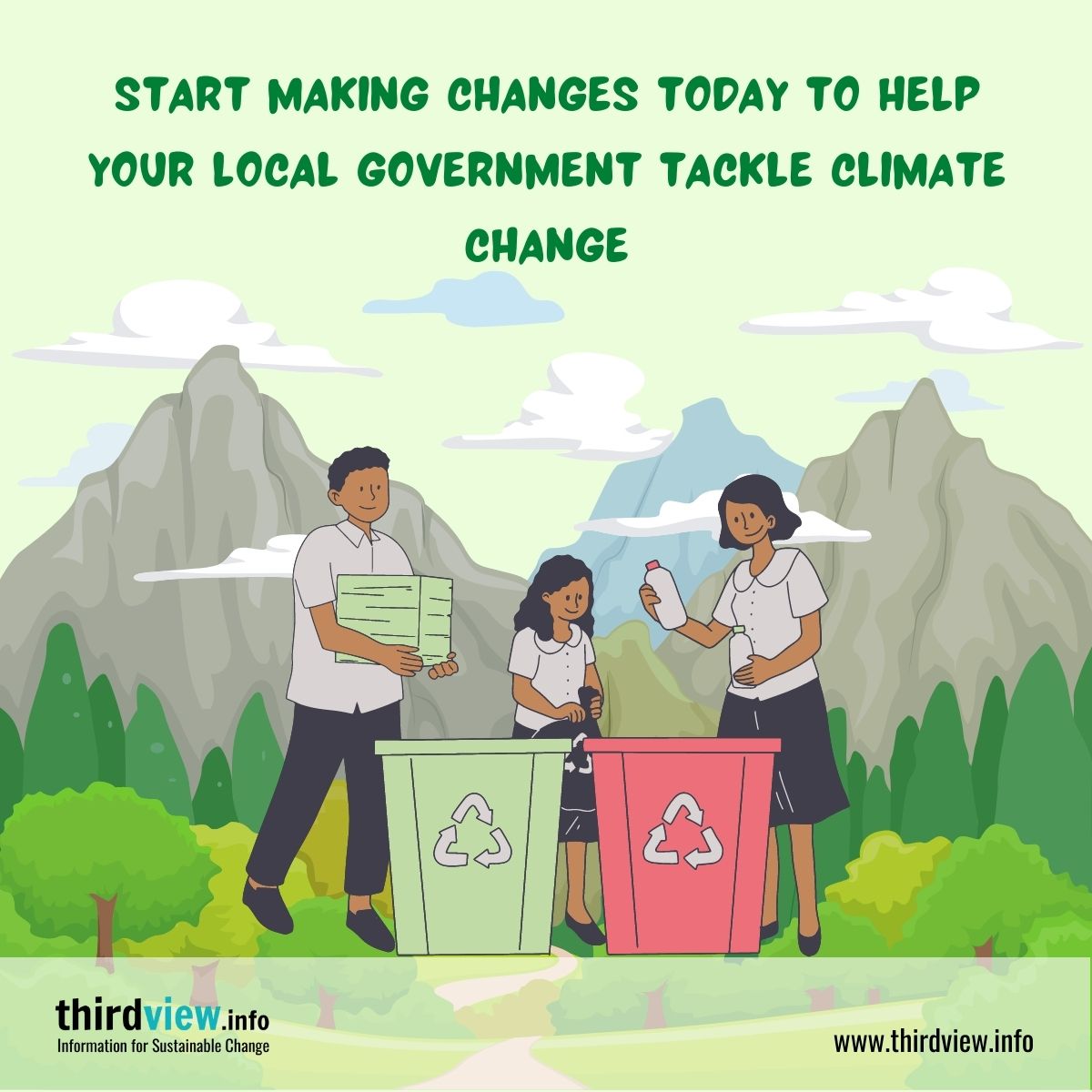With the effects of climate change becoming more and more evident, local governments around the world are taking action to reduce their carbon emissions and make their cities more sustainable. From investing in renewable energy sources to implementing green initiatives, these local governments are setting an example for others to follow. Let’s take a closer look at how some of these governments are combating climate change.
Green initiatives
Many local governments are introducing green initiatives in order to reduce their carbon footprint. One example of this is recycling programs that incentivize citizens to recycle their waste rather than throwing it away. In addition, some governments have implemented waste-diversion programs that divert organic materials from landfills and into composting facilities where they can be reused as fertilizer or soil enhancers. Other green initiatives include bike-sharing programs, energy-efficient buildings, and incentives for businesses to switch to renewable energy sources such as solar and wind power.
Electric vehicle subsidies
In recent years, electric vehicles (EVs) have become increasingly popular due to their efficiency and low emissions. To encourage people to switch from gas-powered cars to EVs, some local governments have begun offering subsidies and tax breaks for those who purchase them. Subsidies can help make electric vehicles more affordable for the average person, which could lead to a significant reduction in emissions from transportation sources over time.
Clean energy investment
One of the best ways for local governments to combat climate change is by investing in clean energy sources such as solar and wind power. By investing in these sources of renewable energy, local governments can reduce their dependence on fossil fuels while generating clean electricity that doesn’t produce any greenhouse gases or other pollutants into the atmosphere. Many cities around the world have already made significant investments in clean energy projects that are helping them reduce their carbon footprint while providing reliable electricity for residents and businesses alike.
Creating green spaces
Another way local governments are combating climate change is by creating green spaces within their cities. These green spaces can serve multiple purposes such as providing habitat for wildlife or helping to mitigate flooding during heavy rains. Additionally, these green spaces can help improve air quality by absorbing harmful pollutants from the air and returning oxygen back into the atmosphere. Cities around the world are increasingly recognizing the value of these green spaces as a way to combat climate change and promote sustainability.
Local governments play an important role when it comes to fighting climate change. By implementing green initiatives, offering subsidies for electric vehicles, investing in clean energy sources like solar and wind power, and creating green spaces, they can help reduce their carbon footprint while setting an example for others to follow—an example we should all strive towards if we want a healthier planet for future generations.


